from 0 review
3 Hours
Daily Tour
9 people
English, French, German, Italian, Spanish
Redfundable before 1 days
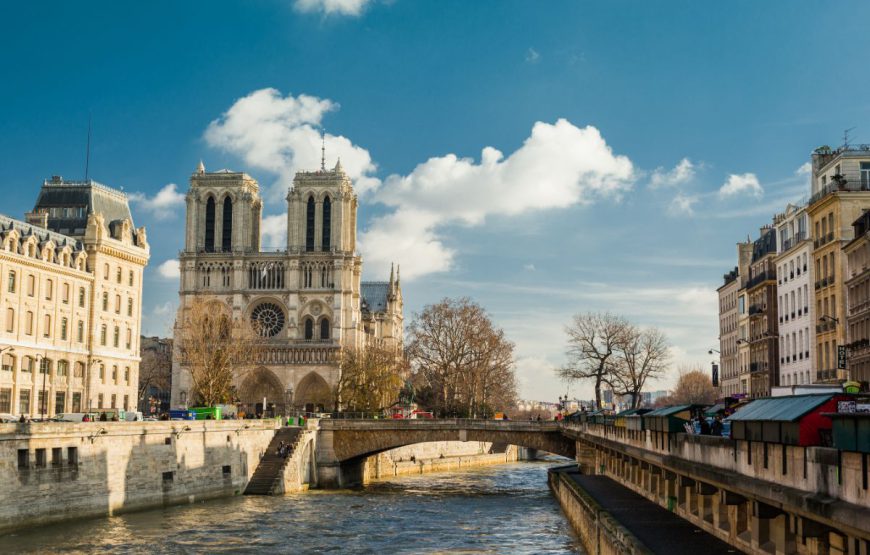
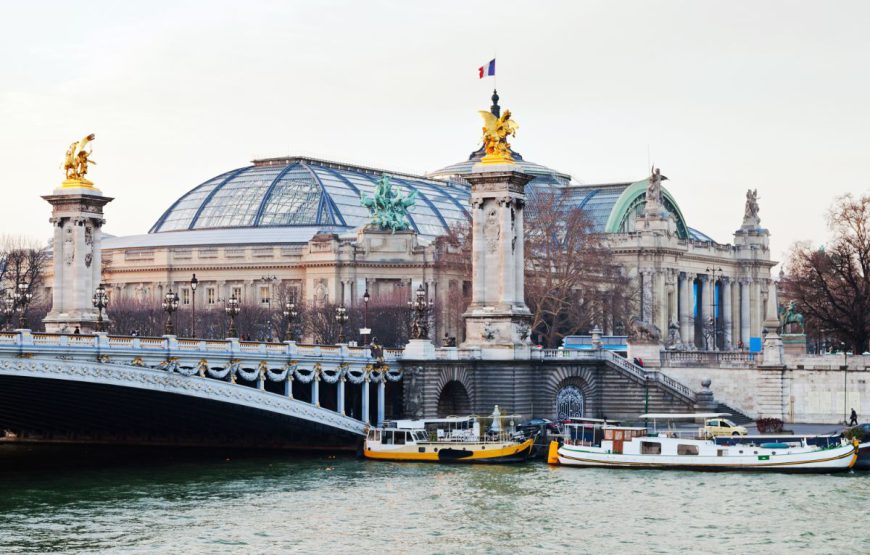
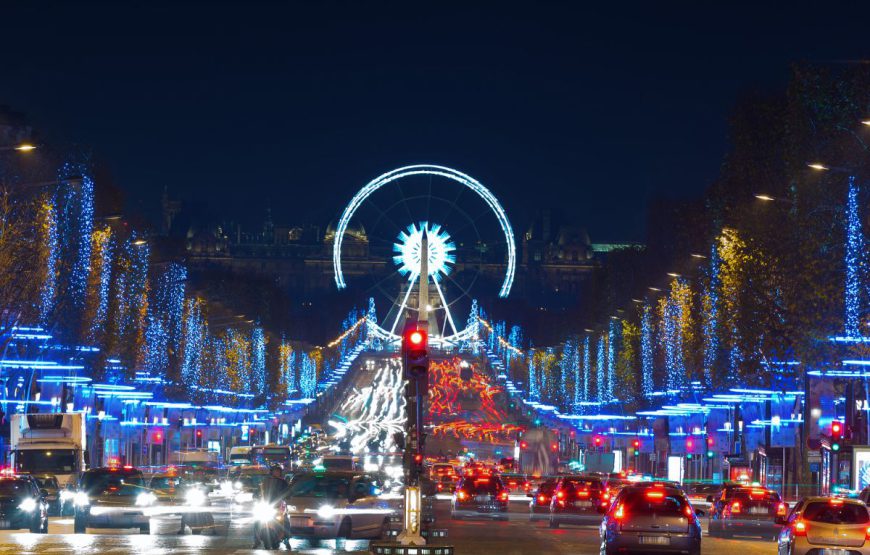
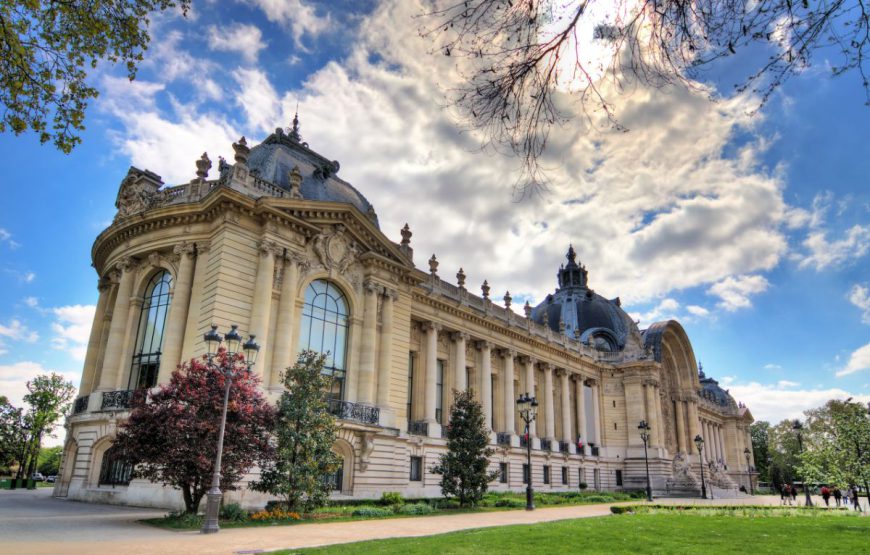
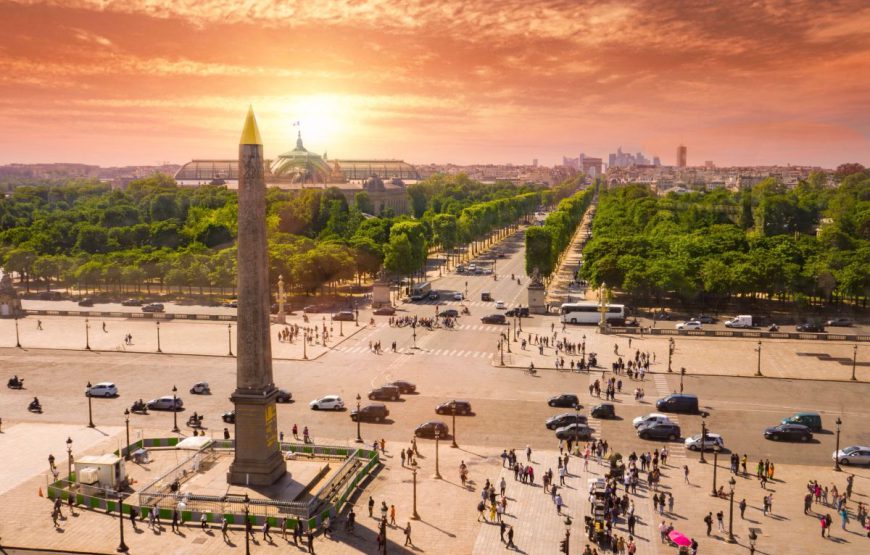
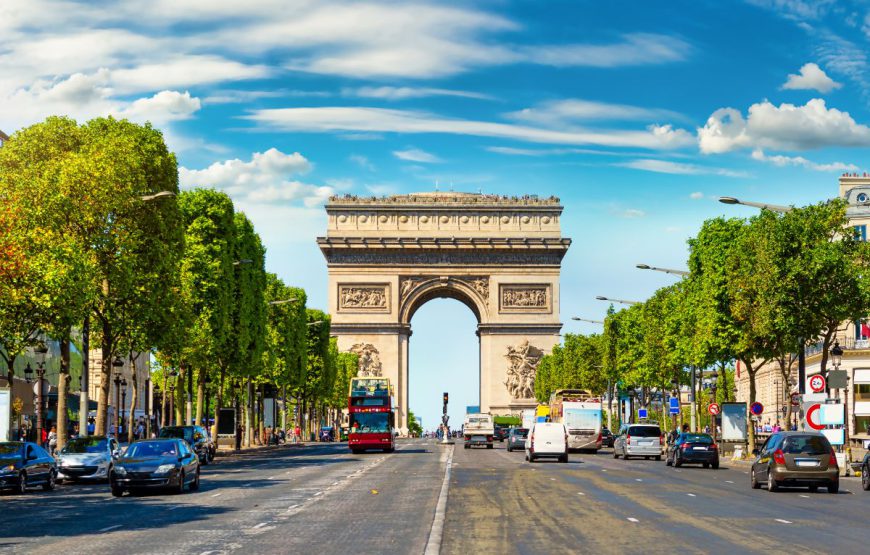
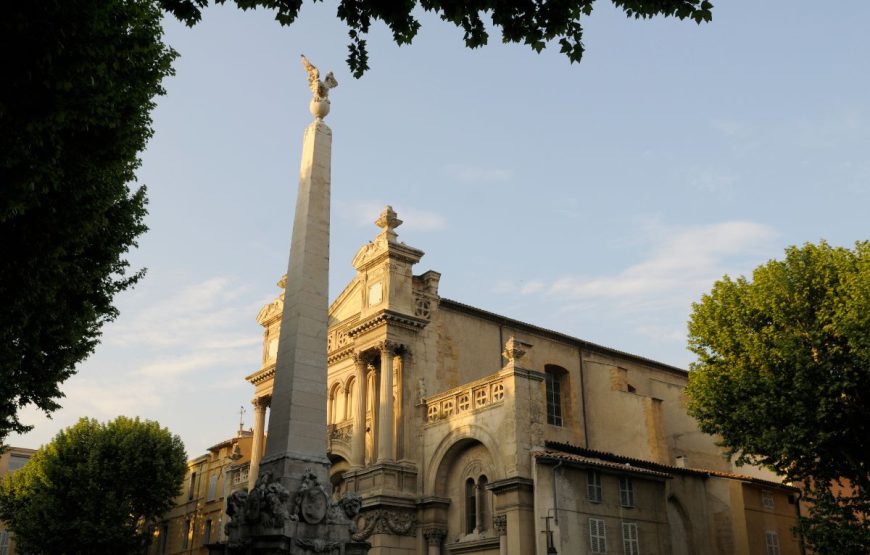
Meeting Point
You meet your guide one of the most iconic streets of the world on the Champ Elysees in front of Cartier Shop.
This tour has several departures everyday, depending on season.
This tour will allow you to see Paris, one of the most romantic cities in the world, from a different perspective by combining it with its historical icons and art structures. It will highlight the features of Paris that you never knew before.
Your day starts on Champ Elysees, which is considered to be the most beautiful avenue in Paris and which the French call the most beautiful boulevard in the world, named after the Elysion plains, which is shown as paradise in Greek mythology.
After Champ Elysees continuing our walk to Arc De Triomphe, The construction of this monument, which rises with all its majesty at the head of the Champs-Elysées, began in 1806 on Napoleon’s orders to commemorate the victory at the Battle of Austerlitz, and the monument was only completed and opened thirty years later in 1836. According to Napoleon, if this monument is built and passed underneath, this victory will be immortalised and time will never erase the traces of this victory. Napoleon, who acted with the idea that as the French people see this monument, they will remember the history and never forget it, thus requested the construction of the Arch of Triumph.
Passing through George V Street, we see the famous Trocadero Garden, one of the most famous tourist areas of the country surrounding the Eiffel Tower, which has become the symbol of France, which hosts thousands of local and foreign tourists throughout the year, and impresses with its fountains and sculptures.
We will go through the iron tower in Paris. The Eiffel Tower has also become a symbol of France all over the world. It is named after the French architect Gustave Eiffel, who had it built. As one of the biggest tourist attractions, the Eiffel Tower was recorded as the tallest structure in the world between 1889 and 1930. The Eiffel Tower was built as the entrance gate of the Expo 1889 Paris fair organised within the framework of the 100th anniversary celebrations of the French Revolution. You have time to take this glorious building’s photos.
The Champ de Mars is the name of a large, public, green area of Paris. To the north-west is the Tour Eiffel and to the south-east is the École Militaire. Champ de Mars means ‘Field of Mars’. Mars is the god of war of Ancient Rome.
Les Invalides was begun on 24 February 1670 by order of Louis XVI. The King wanted the monument to be built so that the soldiers who gave their lives in defence of the monarchy could sleep in peace and tranquillity. Located in the seventh district of the city, Les Invalides was designed by the architects Jules Hardouin-Mansart and Liberal Bruant. Among those buried in the monument are important people such as Napoleon Bonaparte and Napoleon II. In addition, the tombs have different designs and are surrounded by sculptures. The monument building is more important with its military history.
The Orsay Museum, or Musée d’Orsay in its original language, is a state museum in Paris, the capital of France. Located on the left bank of the Seine, the museum was a former railway station. The building was constructed between 1898 and 1900. The Orsay Museum contains sculptures, paintings, furniture, and photographs, mostly of French art, created between 1848 and 1915.
After Orsay Museum, we will see the Concorde Square, to celebrate the recovery of King Louis XV after a long illness, the royal architect Ange-Jacques Gabriel was asked to find a suitable site for an equestrian statue of the king. The Place de la Concorde was thus designed between 1757 and 1779. Louis XV named it the Royal Square. As political regimes changed, the name of the square changed in the first few years of the century. Its definitive name was given in 1830 as the Place de la Concorde. This name was not chosen at random. The name “concorde”, meaning “agreement”, heralds the reconciliation of the French people after the reign of terror and political turmoil of the late 18th and early 19th centuries. For this reason, the square was of great importance in French politics and symbolism at that time.
The Miracle of Nature The idea for the Tuileries Gardens was conceived in 1559 when Queen Catherine de’ Medici, after the death of her husband Henry II, wanted to have a larger green space. Queen Charles V bought land west of Paris, just outside the city, to build a new palace with a large garden. The residence built on the new land was named the Tuileries Palace. Later, the garden added to the palace became known as the Tuileries Garden.
The last place we will see is Louvre Museum. In fact, the building, which is used as a museum today, was originally built as a castle. Built in 1190 by King Philippe Auguste, the castle was converted into a mansion by King Charles V in the early 14th century and in the 16th century King François, I used it as the Royal Palace. Although there are more than 350 thousand artefacts in the museum collection, the number of artefacts open to visitors at any given time is around 35 thousand. This makes it one of the richest museums in the world. It takes more than 2 months to see all the works exhibited in the Louvre Museum. The oldest artefact in the Louvre Museum is 9000 years old. And you will hear more of this information from your guide. Our tour ends in the Louvre Museum Garden. You can return to your hotel or continue to enjoy the city.
Cancel up to 24 hours in advance for a full refund.
Leave a review